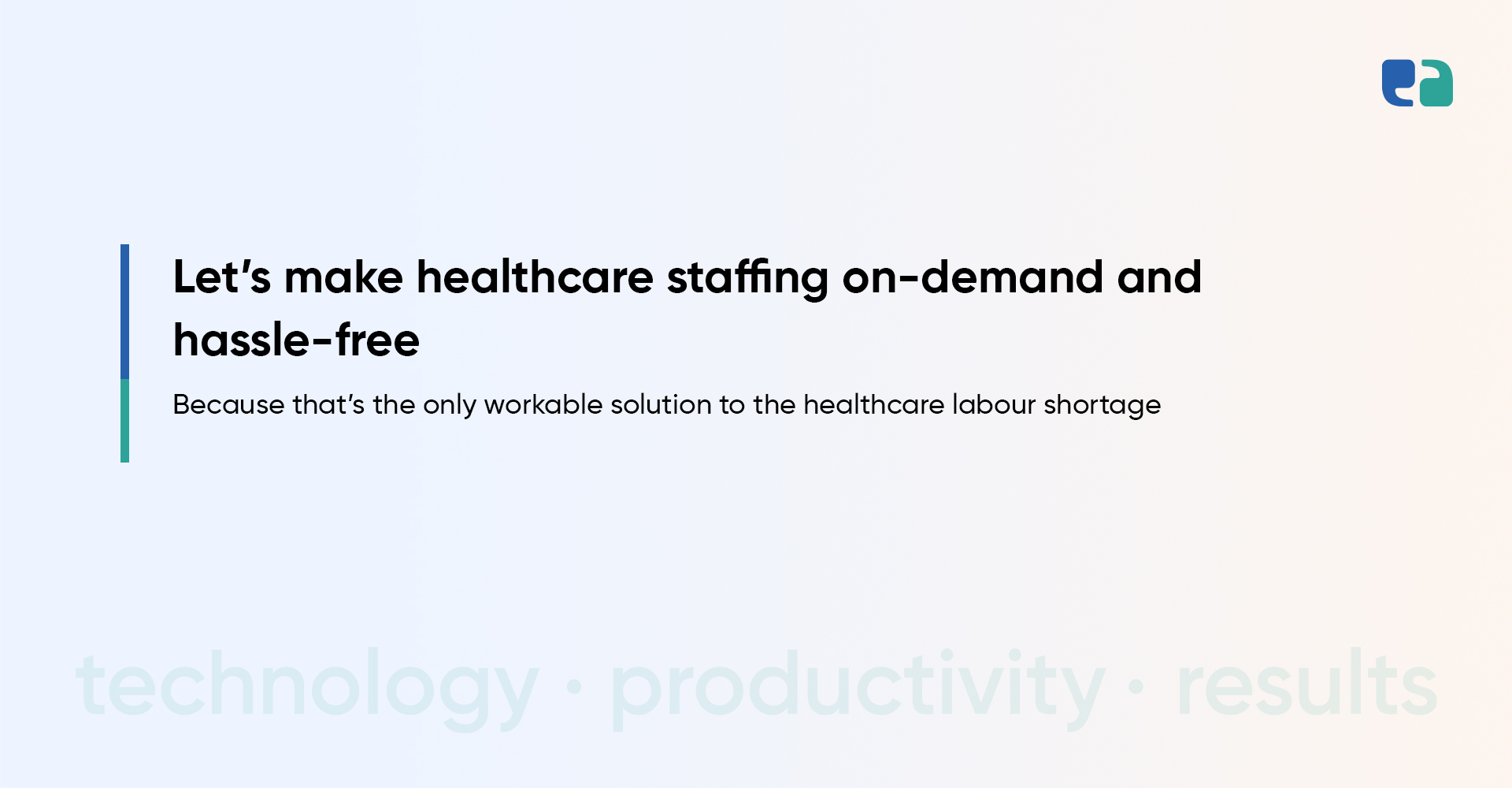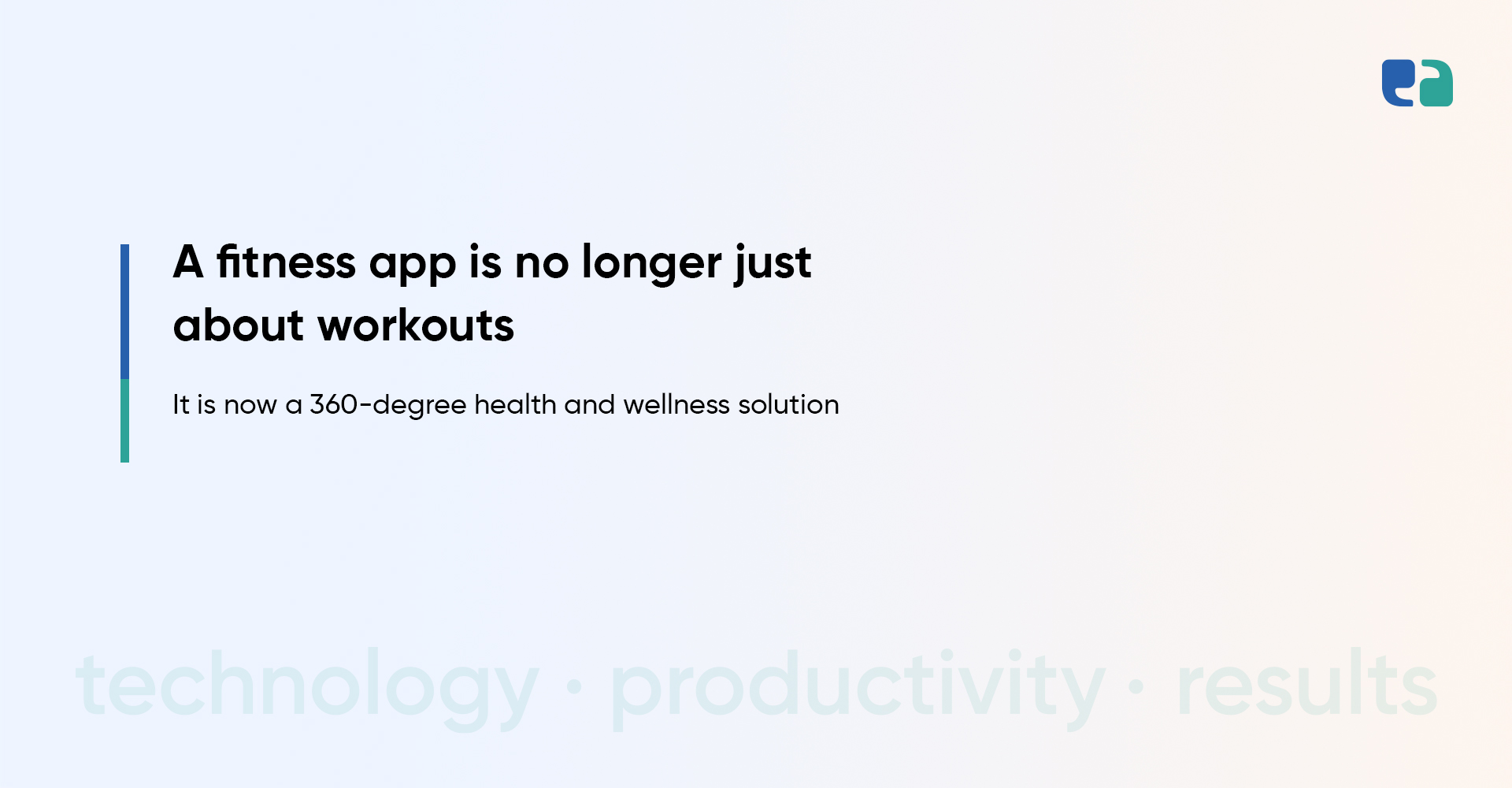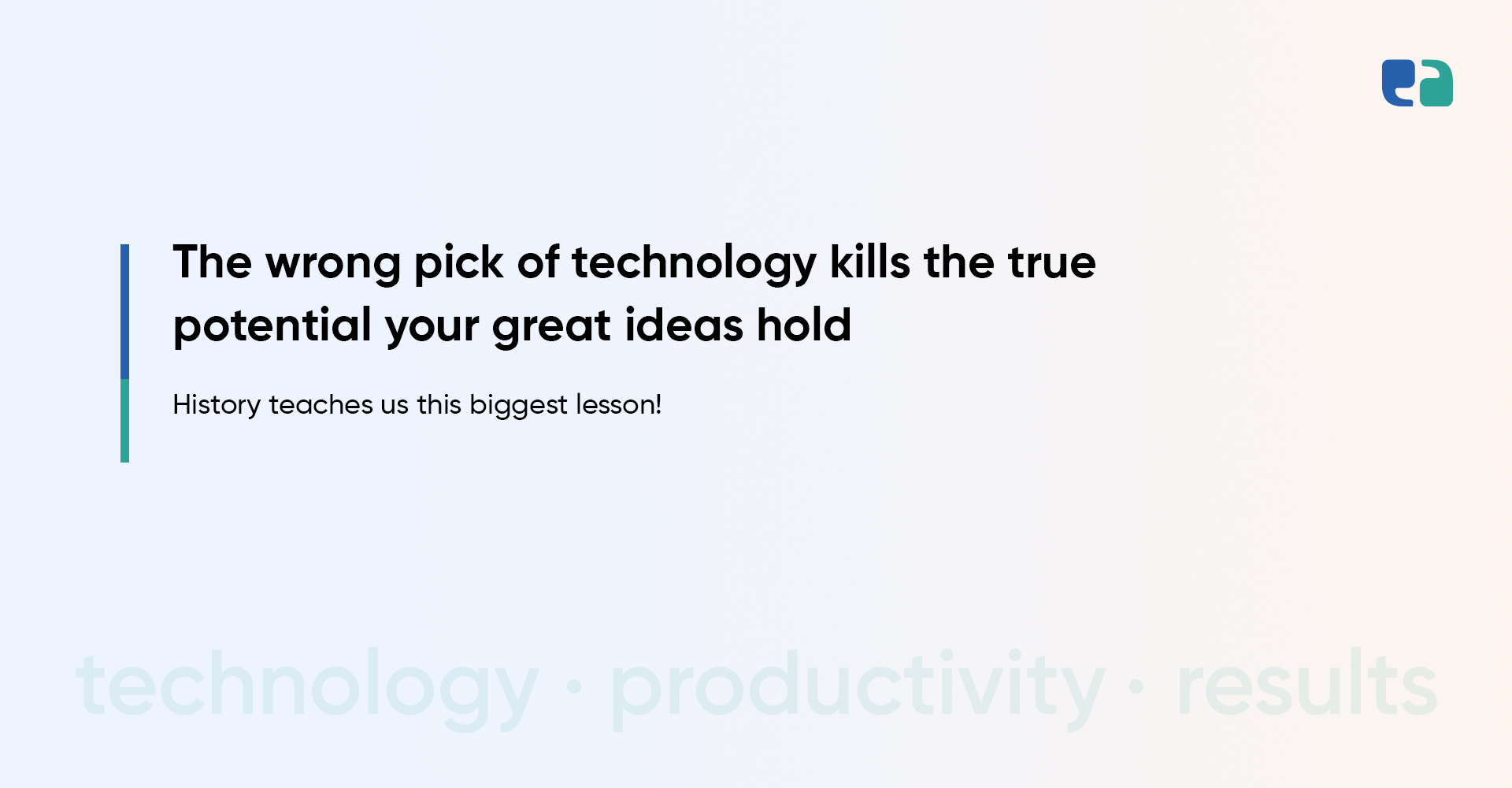Cardiovascular diseases (CVDs) are the leading cause of death worldwide, responsible for 32% of all deaths.
Millions are at risk, and the numbers are only growing. It is shocking!
In the U.S. alone, nearly half of all adults have some form of cardiovascular disease, according to the American Heart Association.
Early detection is vital for treatment, but traditional stethoscopes come with limitations.
They rely heavily on the clinician’s skill to detect subtle sound variations and don’t allow for recording or remote analysis.
For people in remote areas or with limited resources, access to these tools and expertise can be a challenge.
Enter Sparrow BioAcoustics.
This Canadian healthtech startup has created a groundbreaking solution called Stethophone. It’s an app that transforms any smartphone into a medical-grade stethoscope.
Using advanced acoustic processing and AI, it captures, records, and analyzes heart sounds, making early detection more accessible than ever.
Sparrow recently raised $10 million in funding to take this technology to the next level.
It’s proof of the growing demand for innovative health tools like this.
Inspired by their success, here’s how you can build a digital stethoscope app like Stethophone and make your mark in the healthtech world.
Stethophone: A Game-Changer in Healthcare

Stethophone is a groundbreaking app that turns smartphones into medical-grade stethoscopes.
By using the phone’s microphone and advanced algorithms, it captures, processes, and analyzes heart and lung sounds.
With its simple interface, users can easily record and store their heart sounds, making it easier to review or share with healthcare providers.
Here’s why Stethophone is a disruptive force in healthcare:
- FDA-Cleared for Broad Use: Stethophone is FDA-cleared for both medical professionals and consumers in the US. This approval highlights its reliability and versatility, making it a trusted tool for many.
- User-Friendly Interface: The app is designed for simplicity. Users just hold their phone to their chest to capture heart and lung sounds. No medical training is needed, making it accessible for everyone.
- Secure Data Sharing: Stethophone follows privacy regulations like HIPAA to ensure secure data storage and sharing. This allows patients to safely share their heart sounds with healthcare providers for analysis.
- AI-Powered Analysis: Stethophone’s AI can detect variations in heart sounds that may signal heart disease, helping with early detection and timely intervention.
- Advantages Over Traditional Stethoscopes:
- Affordability: Stethophone is much cheaper than traditional stethoscopes, making them accessible to a wider range of people.
- Accessibility: Since it’s an app on your smartphone, Stethophone is always available, without the need for a separate device.
- Data Storage and Sharing: It allows users to record, store, and share heart sounds electronically, which is perfect for remote monitoring and telehealth consultations.
- Integration with Telehealth: Stethophone can be integrated with existing telehealth platforms, making remote cardiac care more efficient.
In clinical trials at Eastern Health Medical Centre in Newfoundland, 67% of doctors found Stethophone’s informativeness to be better than traditional stethoscopes.
Furthermore, 70% of medical professionals rated Stethophone’s diagnostic sound performance superior to other leading devices.
These results show how Stethophone can improve the accuracy and efficiency of cardiac assessments.
Inspiring Success Stories and Market Potential
Digital stethoscope apps like Stethophone are already making a real difference in healthcare:
- Remote Monitoring: These apps help track patients with chronic heart conditions from afar. Healthcare providers can monitor progress and make proactive adjustments, leading to better patient outcomes and lower healthcare costs.
- Early Detection: The AI-powered features of these apps allow for early detection of heart and lung issues. Stethophone, for example, captures and analyzes heart sounds right when symptoms appear. Early intervention can prevent serious complications before they escalate.
- Patient Empowerment: These apps give patients the tools to monitor their heart health. This empowers them to take an active role in their care, leading to better adherence to treatment and improved health outcomes.
The digital health market is booming, with factors like rising healthcare costs, more telehealth adoption, and the increasing prevalence of chronic diseases driving growth. This creates a huge opportunity for entrepreneurs and investors.
The global digital health market was valued at USD 267.7 billion in 2022 and is expected to grow at a CAGR of 18.8% from 2023 to 2030.
How to Build a Digital Stethoscope App Like Stethophone
Building a digital stethoscope app like Stethophone takes careful planning and a strategic approach. From market research to regulatory compliance, there are several important steps involved. Let’s break them down:
1. Market Research
- Define Your Target Audience: Who will use your app? Is it healthcare professionals, patients, or both? Knowing your audience is essential. For example, an app for doctors might focus on features like data sharing and integration with health records. An app for patients might prioritize ease of use and personalized health insights.
- Identify Unmet Needs: Look into the challenges in cardiac care. What issues can your app solve? You could offer features like remote monitoring or improve diagnostic accuracy.
- Competitive Analysis: Research other digital stethoscope apps. What are their strengths and weaknesses? This helps you find ways to stand out in the market and offer something unique.
2. Regulatory Compliance
- FDA Classification: Check what FDA classification your app falls under. Stethophone is a Class II medical device, meaning it follows strict regulatory controls.
- Premarket Submission: Depending on your app’s classification, you may need to submit a 510(k) premarket notification. This demonstrates that your app is similar to other approved devices.
- Quality Management System (QMS): Set up a QMS to ensure your app meets all regulatory requirements. This system ensures the app is consistently designed, tested, and produced to meet high standards.
Related: Guide to HIPAA Compliant App Development in 2024 & Beyond
3. Technology Stack
- Audio Processing: Pick technologies for high-quality audio recording, noise reduction, and signal processing. Consider frameworks like WebRTC for real-time audio or specialized libraries for heart and lung sound analysis.
- AI/ML Integration: Use machine learning to develop models that detect heart murmurs or arrhythmias from the recorded sounds. Cloud platforms like Google Cloud AI or Amazon Machine Learning can help train and deploy these models.
- Data Security: Protect patient data with encryption and other security measures. Ensure HIPAA compliance for privacy and security.
- User Interface Development: Choose a framework like React Native or Flutter to build a cross-platform app. Focus on creating a simple, user-friendly interface with clear instructions and visual aids for easy navigation.
Get a personalized, no-obligation Free Technology Assessment to explore the ideal tech stack for your app’s specific needs.
4. Clinical Validation
- Clinical Trials: Conduct trials to test the accuracy of your app’s algorithms. Compare your app’s performance to traditional methods like echocardiography or cardiologist reviews.
- Performance Metrics: Set key metrics like sensitivity, specificity, and accuracy to measure your app’s effectiveness.
- Continuous Monitoring: Keep track of your app’s performance after launch. Gather feedback from users and make improvements to maintain accuracy and effectiveness.
5. Business Model
- Freemium Model: Offer a free version of your app with basic features. For example, the free version could monitor heart rate, while the premium version includes AI-powered analysis and data sharing.
- Partnerships: Collaborate with healthcare providers, insurance companies, or telehealth platforms to expand your app’s reach.
- Data Analytics Services: You could analyze aggregated user data to uncover heart health trends. This data could be valuable for research or public health organizations.
Key Considerations for Success in the Digital Stethoscope Market
To succeed in the digital stethoscope market, focus on these key factors:
1. User Experience
Your app should be simple and easy to use. Both medical professionals and consumers should be able to navigate it effortlessly. Features like tutorials or visual aids can improve user experience.
For example, Stethophone has a user-friendly interface that allows easy recording, storage, and sharing of heart and lung sounds, making it accessible to anyone, even without medical training.
2. Data Security and Privacy
Protecting patient data is critical.
Use strong encryption, secure storage, and follow privacy regulations like HIPAA. Partnering with trusted cloud providers can further secure your app.
3. Clinical Accuracy
Your app needs to be tested rigorously for accuracy. Clinical trials are essential to validate your app’s ability to detect heart and lung issues.
For example, Stethophone’s clinical trials showed it performed better than traditional stethoscopes in terms of sound performance and informativeness.
4. Integration
Make sure your app works well with existing healthcare systems and devices. Integrating with telehealth platforms and EHR systems can enhance patient care.
For instance, integrating with telehealth platforms allows for real-time sharing of stethoscope recordings during virtual consultations.
5. Continuous Innovation
The digital health space is constantly changing. Stay up to date with new technologies (e.g., AI or IOts) and seek user feedback.



